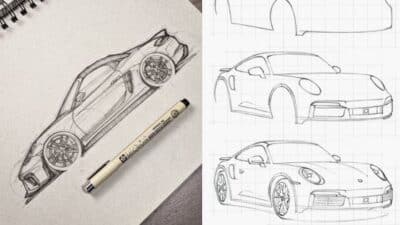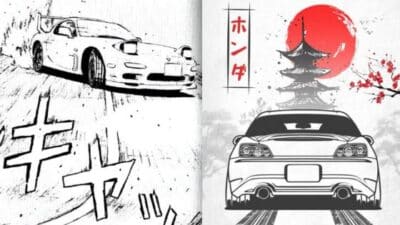Drawing vintage cars combines history and artistry, capturing the unique style of classic automobiles. To create authentic vintage car drawings, you need to focus on key design features like curved lines, distinctive grilles, and period-specific shapes that define these vehicles. Studying images and outlines of cars from the early to mid-20th century helps you understand their structure and character.
You can start with simple sketches, gradually adding detail and texture to bring the car to life. Using the right tools and referencing various vintage car images enhances your ability to replicate the look accurately. Whether for practice or showcasing, drawing vintage cars allows you to connect with timeless automotive designs.
Key Takeways
- Understanding vintage car shapes is essential to accurate drawings.
- Using reference images improves detail and authenticity.
- Practice and proper tools help create impressive vintage car art.
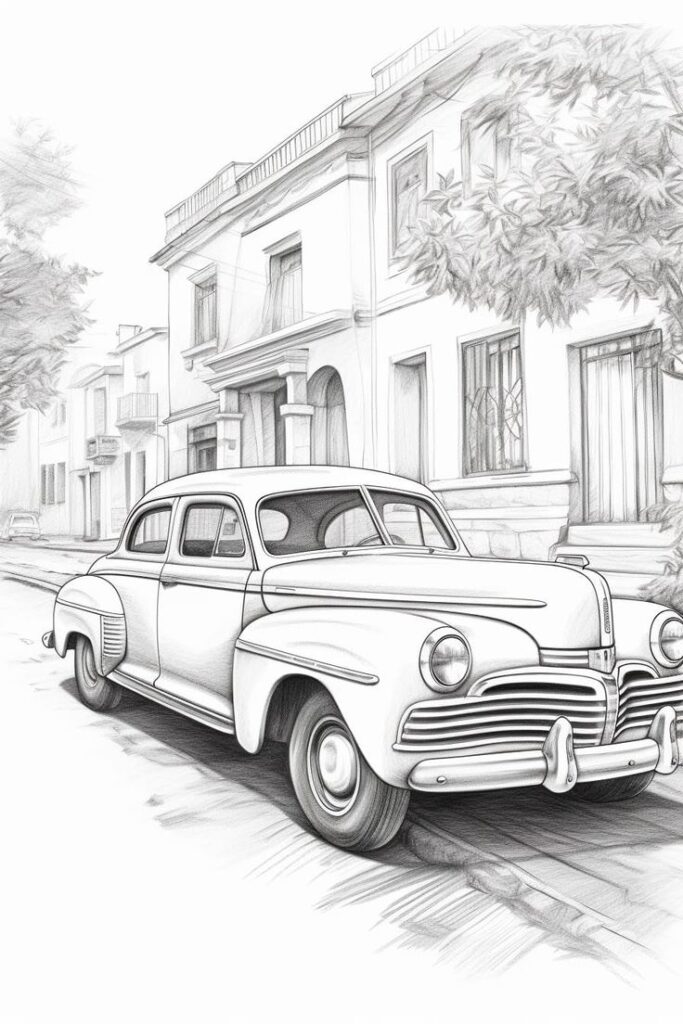
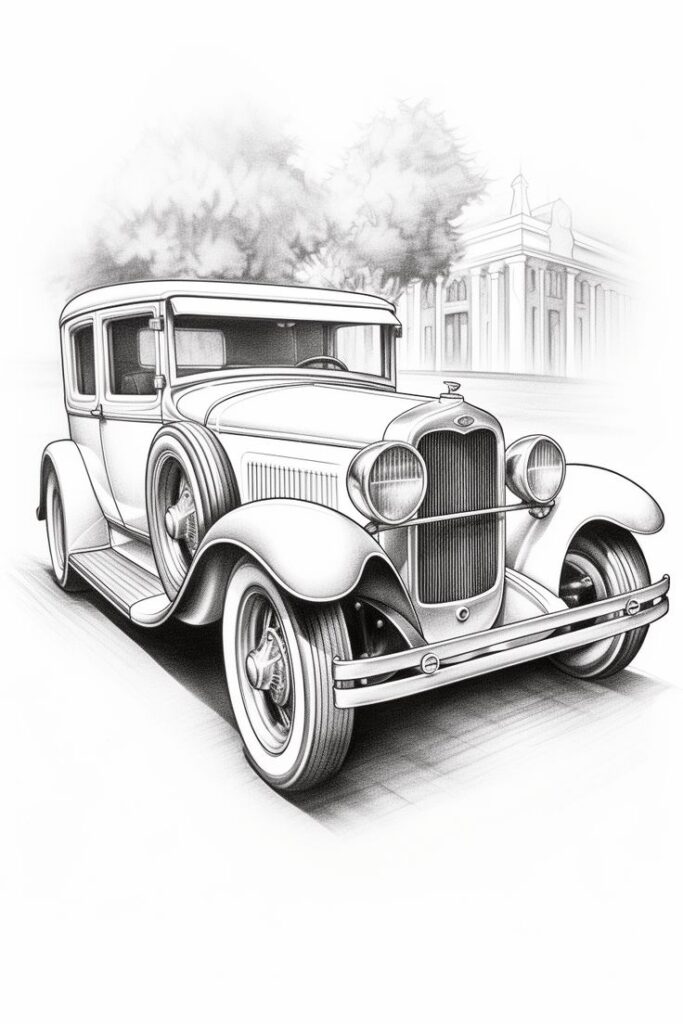
Understanding Vintage Car Drawing
When you engage in vintage car drawing, you focus on representing classic automobiles with attention to their distinctive shapes, details, and era-specific features. This type of art requires understanding both the technical design of vintage cars and the various artistic methods used to bring them to life.
Defining Vintage Car Drawing
Vintage car drawing involves creating illustrations of automobiles typically manufactured between the early 1900s and the 1970s. You capture the unique design elements such as curved fenders, chrome accents, and emblematic grills, which distinguish these cars from modern vehicles.
Your goal is to portray these features accurately, often using pencils, inks, or digital tools. The process may include sketching outlines, shading metallic surfaces, and emphasizing reflections to highlight the car’s form and texture.
History and Significance in Art
Vintage car drawing has roots in early automotive enthusiasm and industrial design sketches. Artists documented the evolution of car styles, blending technical precision with personal artistry.
You can find such drawings in specialized art collections where they serve as both historical records and aesthetic objects. These artworks connect you to automotive heritage, reflecting cultural values and design trends of past decades.
Popular Styles and Techniques
You can choose from several styles when drawing vintage cars, including realistic, stylized, and schematic approaches. Realistic drawings emphasize true-to-life detail and shading to replicate metallic surfaces and reflections.
Common techniques include graphite pencil for fine textures, ink for crisp outlines, and digital rendering for color accuracy. Layering is key—start with basic shapes, then add detail progressively to build complexity and depth in your illustration.
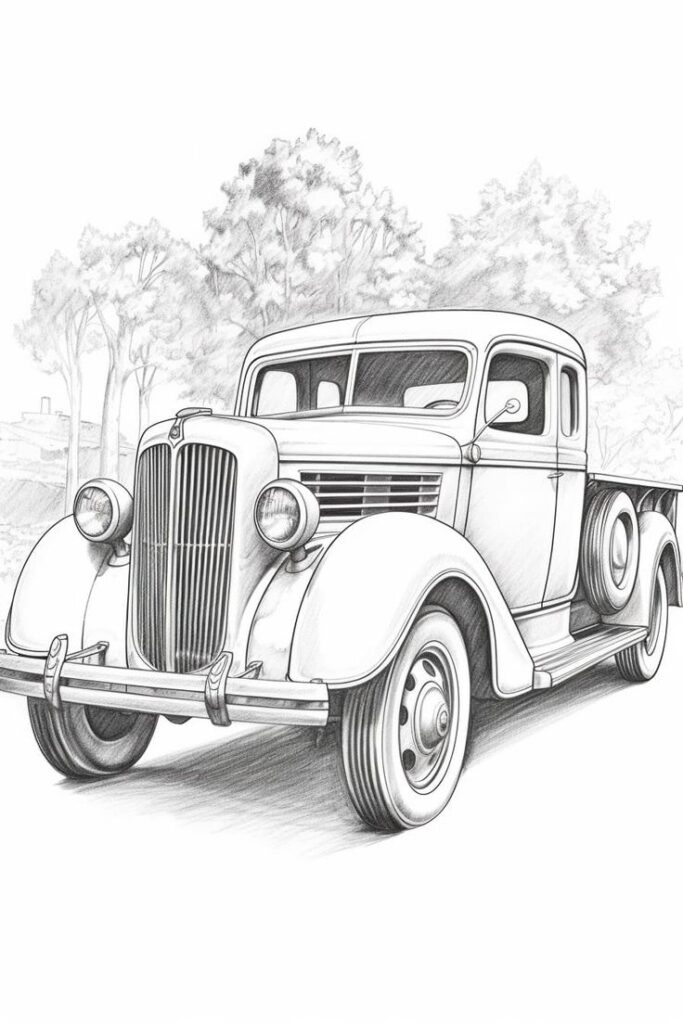
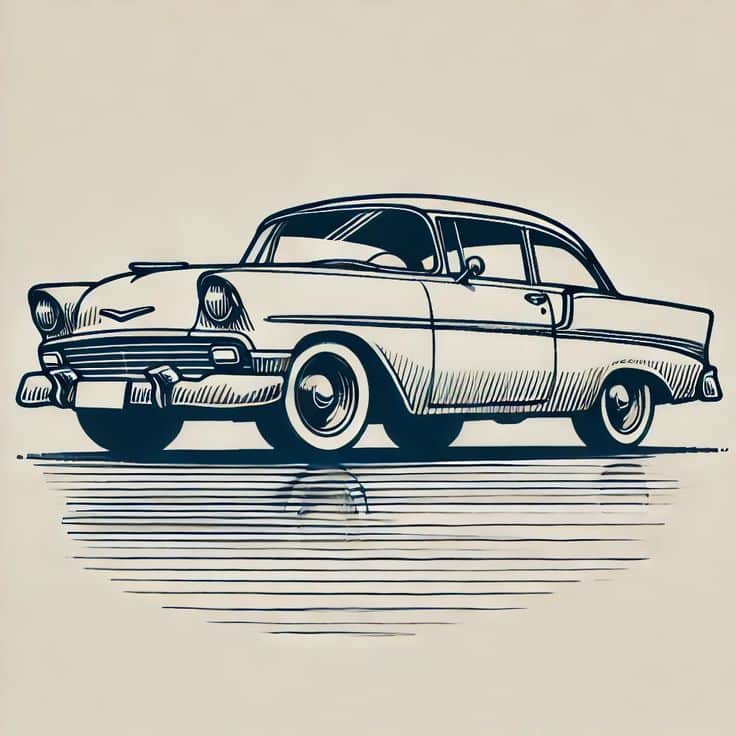
Essential Tools and Materials
To draw vintage cars effectively, you need the right combination of instruments and digital resources. These tools impact the style, precision, and ease of your drawing process, whether you work traditionally or digitally. Understanding the roles of different media, from pencils to AI tools, is essential to producing quality artwork.
Traditional Drawing Tools
Start with quality drawing paper, preferably smooth for fine detail or textured for shading effects. Use pencils ranging from HB to 4B; HB is good for outlines, while softer 2B to 4B pencils help with shading and depth.
An eraser is vital for corrections and highlights. A ruler aids in achieving accurate proportions, especially for straight lines and perspective grids. Fine-tip markers or colored pencils can add crisp edges or subtle color accents once your sketch is complete.
Using light strokes initially allows easier adjustments. Gradually build layers to create realistic metal reflections and car contours typical of vintage designs.
Digital Tools and AI Generated Content
Digital drawing software offers flexibility with layers, undo options, and precise control. Tablets with pressure-sensitive pens provide natural pencil-like strokes. Programs such as Adobe Photoshop or Procreate include brushes mimicking graphite or ink.
AI-generated content can assist by providing initial sketches or reference images based on your prompts. You can refine these outputs instead of starting from scratch.
Digital tools allow quick editing and experimenting with lighting or textures. You can overlay transparent images or textures to enhance metallic surfaces, simulating reflections common in vintage car bodies without manual rendering.
Choosing Between Vectors and Transparent Images
Vectors are ideal for clean, scalable lines and shapes. You can adjust size or colors without losing image quality, making vectors useful for design elements like logos or clear car body outlines.
Transparent images (PNGs, for example) work well when layering textures or integrating photo references in your artwork. You can place them on different layers to experiment with background effects or add realistic details.
Choosing depends on your goal: use vectors for sharp, editable line work and transparent images to add depth or texture. Combining both can streamline producing polished, professional vintage car drawings.
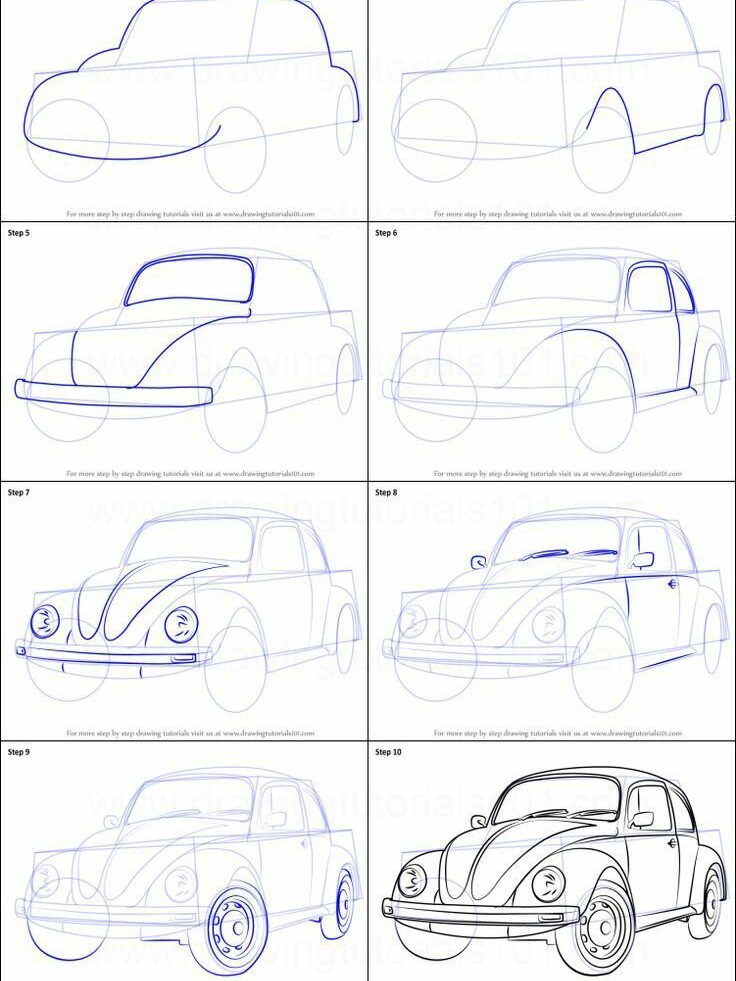
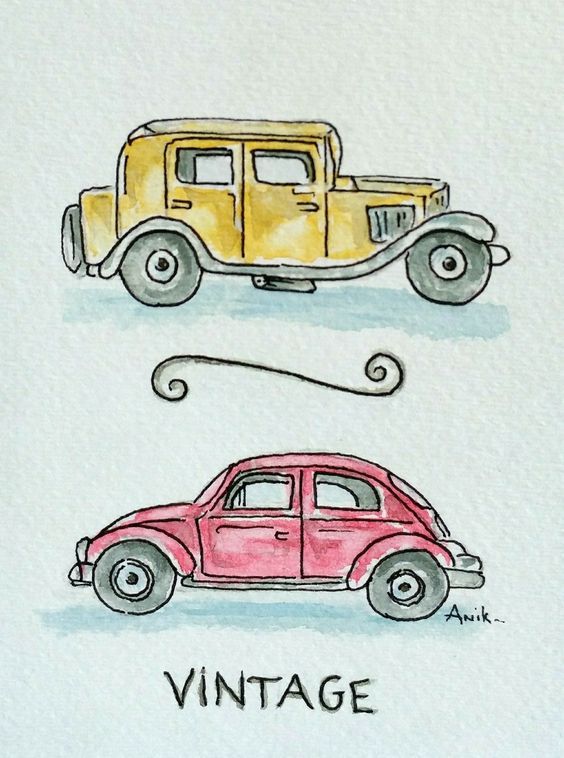
Finding and Using Vintage Car Drawing Resources
You can access a variety of image types and licenses when looking for vintage car drawings. Knowing the differences between royalty-free, editorial, exclusive, and extended licenses will help you use these resources properly and avoid legal issues. There are also specialized formats like stock photos and 360° panoramic images that offer unique perspectives.
Sourcing Royalty-Free Illustrations
Royalty-free illustrations give you permission to use images multiple times after a one-time payment or subscription. These are common for vintage car drawings and allow flexibility for personal or commercial projects.
You don’t have to pay royalties each time you use the image. However, read the specific license terms carefully. Some royalty-free images exclude resale or use in logos. Sites like iStock offer thousands of vintage car sketches available under royalty-free terms.
Look for high-resolution files if you plan to print or enlarge your drawings. Vector formats are ideal since they maintain quality at any size.
Editorial Versus Exclusive Content
Editorial content typically involves images for newsworthy or educational use. You can use vintage car photos or drawings in blogs or articles but cannot alter them or use them commercially without permission.
Exclusive content means the artist or provider licenses the image only to you or a limited audience. If you acquire exclusive rights, you avoid competitors using the same image. This is useful for branding or unique projects.
Be aware that editorial images usually require attribution, while exclusive content often comes with broader usage rights. Check usage restrictions carefully before purchase or download.
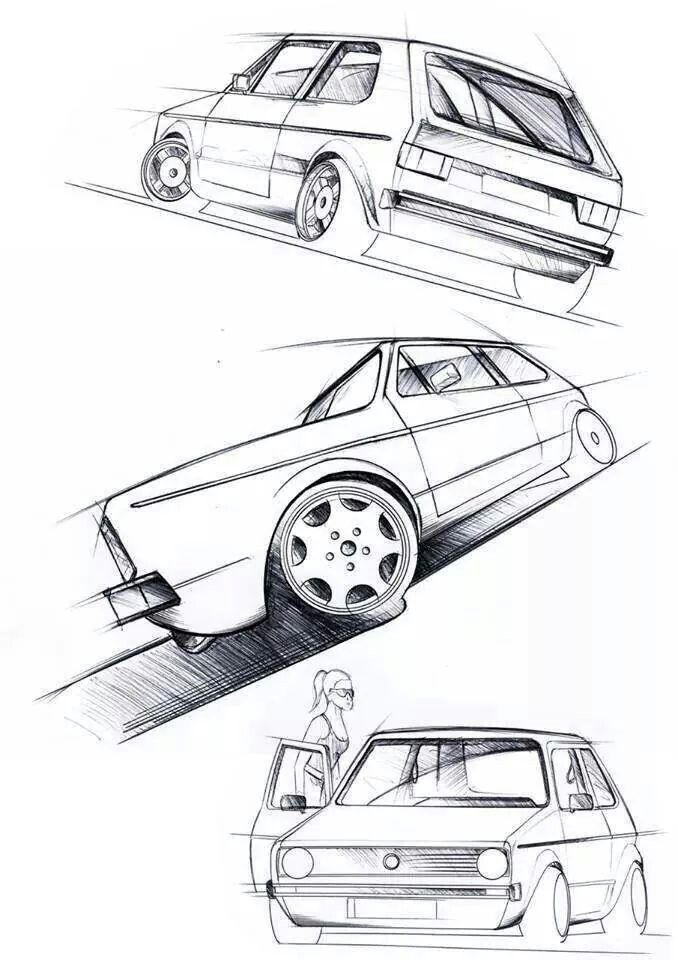
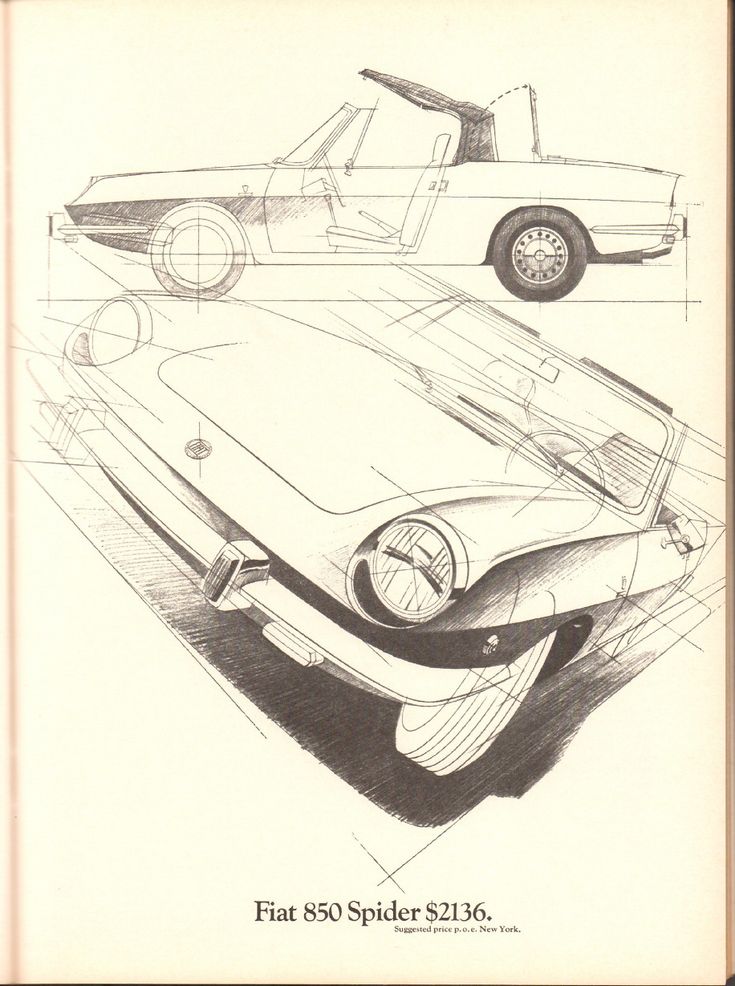
Understanding Extended Licenses
Extended licenses allow you to go beyond standard usage limitations. For example, you can print vintage car drawings on products for sale or use images in high-volume distributions.
Standard royalty-free licenses generally restrict resale or use in templates. With an extended license, you can use images on merchandise, large marketing campaigns, or in apps without legal issues.
Review the license details from the provider to confirm what is allowed. Extended licenses usually cost more but provide greater freedom for commercial application.
Using Stock Photos and 360° Panoramic Images
Stock photos of vintage cars are widely available and often come with royalty-free or editorial licenses. They provide realistic references and inspiration for drawings.
360° panoramic images give a full, immersive view of vintage vehicles. These allow you to study details from all angles, which can improve the accuracy of your sketches.
When using stock or panoramic images, ensure the resolution suits your project. Also, verify licensing for any commercial use, especially if you plan to publish or sell your artwork.
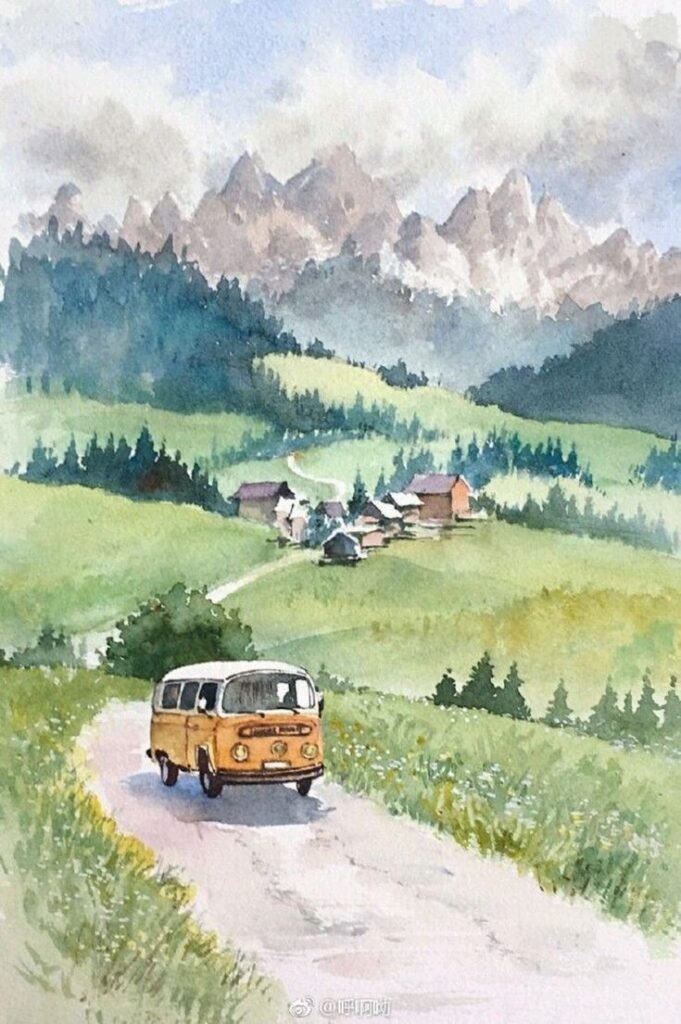
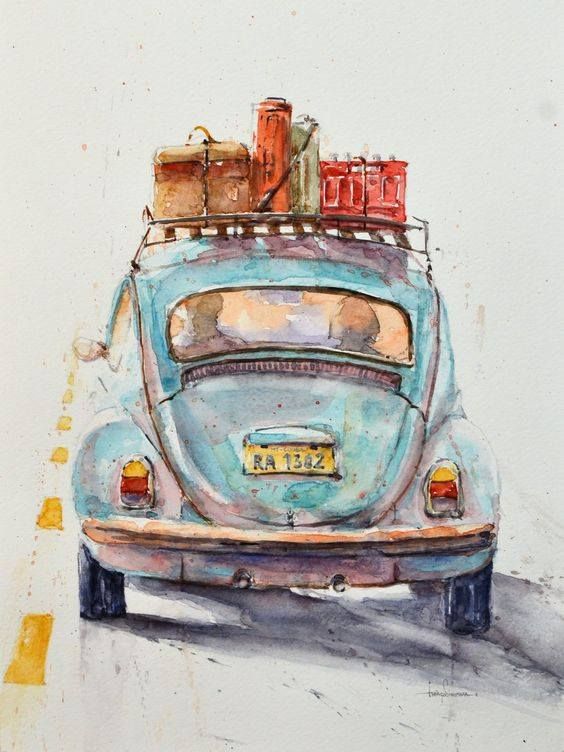
Creating Unique and Stunning Visuals
To create compelling vintage car drawings, focus on blending meaningful elements with curated inspiration. Using clear symbols, thoughtful collection choices, and targeted search techniques will enhance the originality and impact of your artwork.
Incorporating Signs and Symbols
You can add depth and character to your vintage car drawings by including relevant signs and symbols. These elements might represent the car’s era, brand insignia, or cultural references tied to the vehicle’s history.
For example, classic logos or period-specific road signs can anchor your drawing in a specific time or place. Be precise with these additions; overly complex symbols can distract, while well-placed, simple signs enhance authenticity.
Use symbols to tell a story visually. A rusted license plate or a vintage garage sign adds context without overcrowding the image. Keep your symbols consistent with the vintage style you aim to portray.
Curating Art Collections
Curate a personal collection of vintage car images and sketches to inspire your work. This can include photographs, line art, vector illustrations, and detailed pencil or watercolor studies.
Organize your collection by themes such as car models, decades, or artistic techniques. This approach helps you draw upon specific styles and features when planning your drawings.
You can also study how different artists handle light, texture, and metallic finishes. Curating in this way refines your eye for detail and informs your own process for achieving stunning visuals.
Filter Search Results for Inspiration
When searching for vintage car references online, filter your results based on image type and quality to find the best sources. Use specific keywords like “vintage car sketch graphite” or “metallic vintage car drawing” for targeted inspiration.
Narrowing your search to illustration formats such as sketches, vector art, or step-by-step tutorials helps you focus on useful visual styles and techniques.
Pay attention to image resolution and copyright status to ensure the images you use as inspiration are clear and legally accessible. Filtering saves time and elevates the quality of your reference materials.
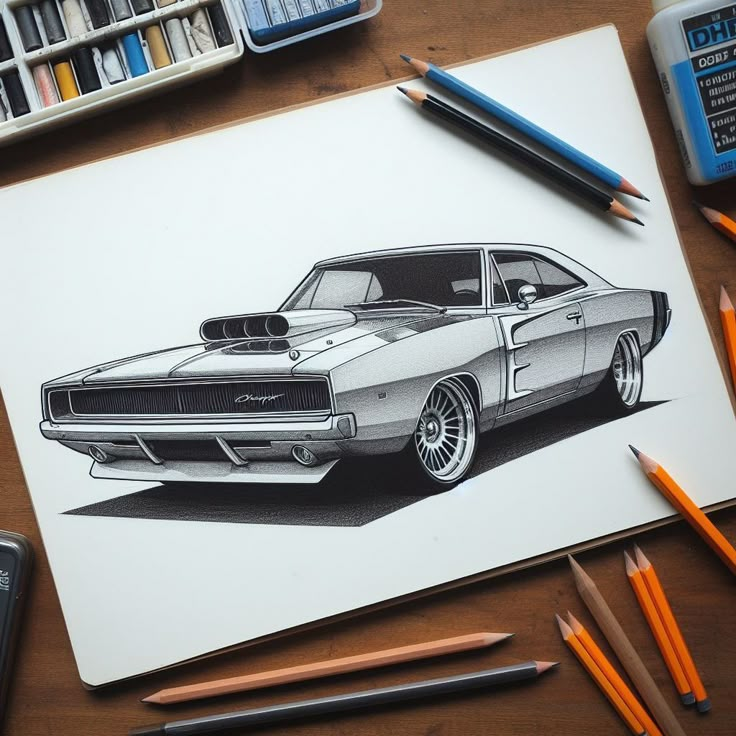
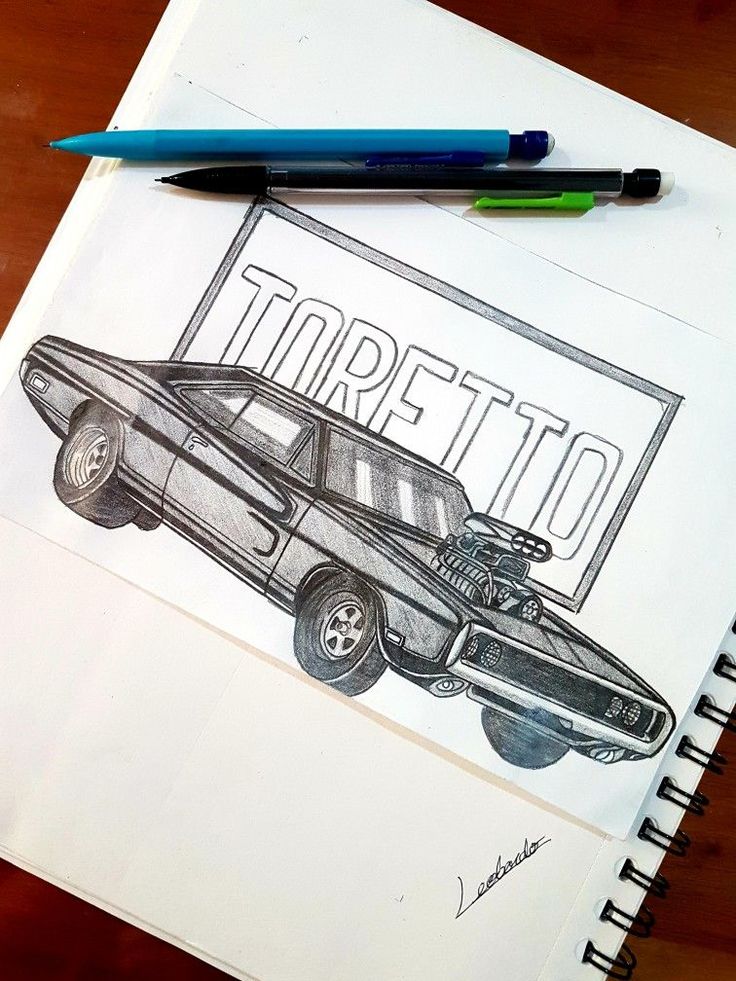
Showcasing and Sharing Vintage Car Drawings
You can expand the reach of your vintage car drawings by carefully choosing platforms and media that complement your work. Presenting images with transparency or editorial context adds value and clarity. Videos and browsing features help attract and engage viewers more effectively.
Uploading to Platforms Like dreamstime
When you upload vintage car drawings to platforms like dreamstime, focus on high-resolution images to maintain detail. Ensure your files meet the site’s technical requirements, including size and format, to avoid rejection.
Use clear, specific keywords related to vintage cars, classic models, and sketch styles. This improves searchability and increases the chances your artwork will be discovered by collectors or enthusiasts.
You should also categorize your drawings properly—selecting vintage, automotive, or art-related tags. Dreamstime’s audience values quality and correct metadata, so accuracy here matters.
Utilizing Videos and Browse Features
Incorporate videos to show your drawing process or highlight details not easily captured in still images. Short clips can reveal brush strokes, layering techniques, or the transition from sketch to color.
Browse features on art platforms allow users to preview collections efficiently. Organize your drawings in thematic galleries to make browsing intuitive. Group your vintage car sketches by era, model, or artistic style to guide viewers.
Make sure your video and browse content load quickly and display well on all devices. Engaging presentations add credibility and encourage potential buyers or followers to spend more time with your work.
Highlighting Transparency and Editorial Value
Transparent backgrounds enhance the versatility of your vintage car drawings. They enable easy integration into other designs or presentations without awkward borders.
Labeling your work with an editorial tag clarifies that it is for informational or artistic use rather than commercial advertising. This distinction helps maintain proper copyright usage and protects your rights.
Transparency paired with editorial context builds trust with viewers, especially when your drawings document rare or historically accurate cars. Including concise captions or descriptions increases your artwork’s educational impact.
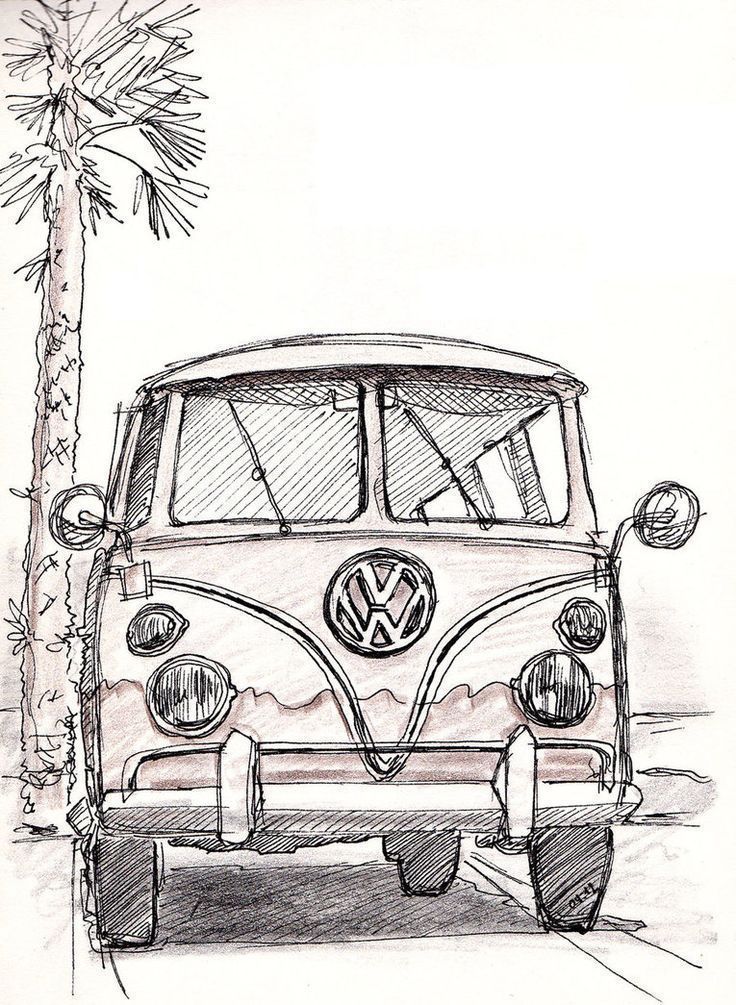
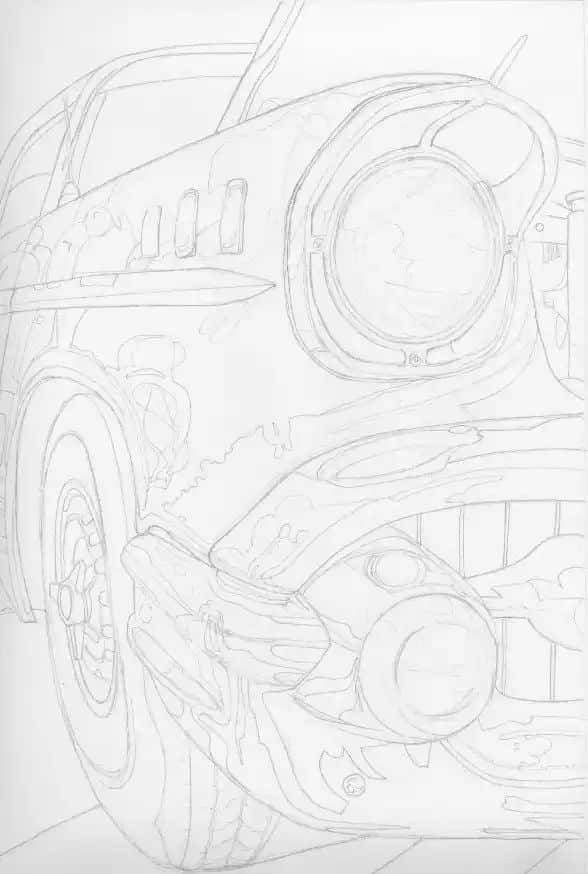
Special Themes and Awareness in Vintage Car Art
Vintage car drawings can capture more than just the beauty of classic automobiles. These artworks also intersect with important awareness themes, linking history, health, and social issues in compelling ways. You will find that such art often reflects cultural observances and public health messages through creative visuals.
International Tea Day 2025 and Artworks
When you explore vintage car art connected to International Tea Day 2025, you see a unique blend of heritage and health. Tea symbolizes tradition and well-being, and artists sometimes incorporate classic cars alongside tea imagery to emphasize the health benefits of tea, such as antioxidants and relaxation.
These drawings might depict cars parked beside tea rooms or include motifs like teacups and tea leaves to celebrate the day’s significance. This artistic connection reminds you that vintage car culture can embrace lifestyle and wellness themes, broadening the narrative beyond automobiles alone.
World No Tobacco Day 2025: Promoting Tobacco Prevention
World No Tobacco Day 2025 is a critical occasion for tobacco prevention, and vintage car art can play a role in promoting cessation efforts. Artworks may highlight the contrast between the elegance of classic cars and the dangers of tobacco use, encouraging public health awareness.
You might encounter vintage vehicles paired with no-smoking symbols or messages about quitting tobacco. These visual statements reinforce the health risks of smoking and the importance of living a smoke-free life, using nostalgic imagery to reach diverse audiences effectively.
World Environment Day: Celebrating Natural Resources
In vintage car drawings related to World Environment Day, you can see efforts to raise awareness about natural resource conservation. These artworks often balance the appeal of classic cars with environmental themes, showing vehicles in lush, natural settings or surrounded by greenery.
By depicting cars and nature side by side, the art encourages you to reflect on sustainability and responsible resource use. It highlights the potential harmony between appreciating vintage technology and protecting the environment for future generations.
Juneteenth and the End of Slavery in Vintage Car Art
Juneteenth represents the end of slavery, a milestone that vintage car art can honor by embedding historical and social context into its visuals. You may find drawings that combine symbols of freedom and progress with classic cars, reflecting African American history and cultural pride.
These artworks serve as reminders of the struggles overcome and the ongoing importance of equality. By integrating Juneteenth’s significance, vintage car drawings can educate and inspire respect for this critical part of history while celebrating achievement.
- 386shares
- Facebook0
- Pinterest386
- Twitter0


